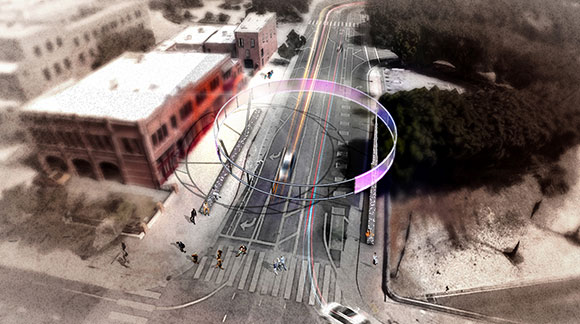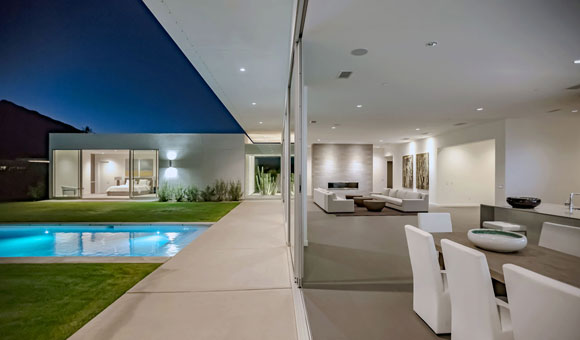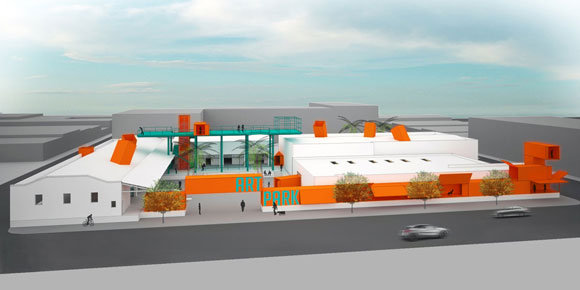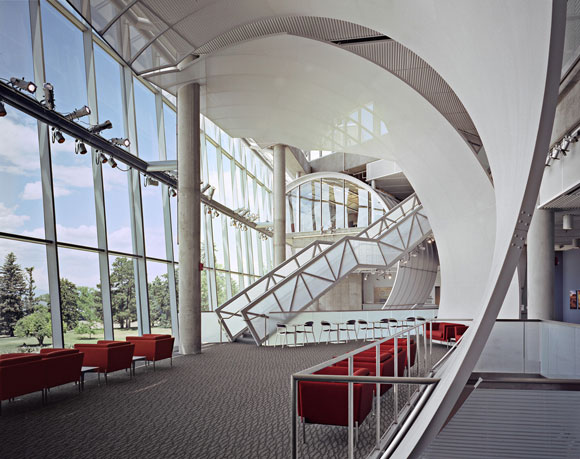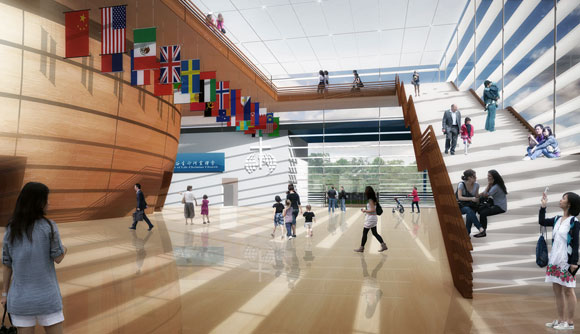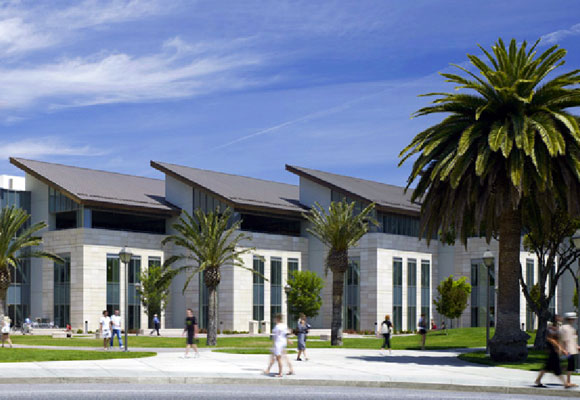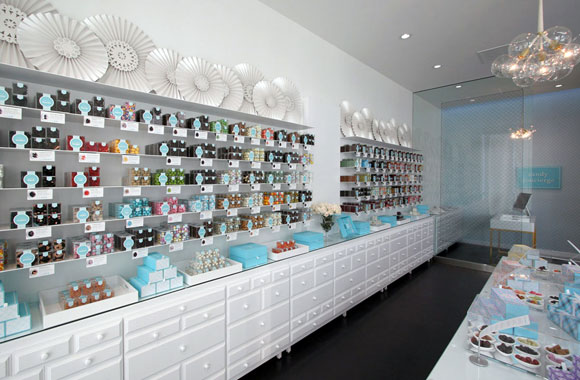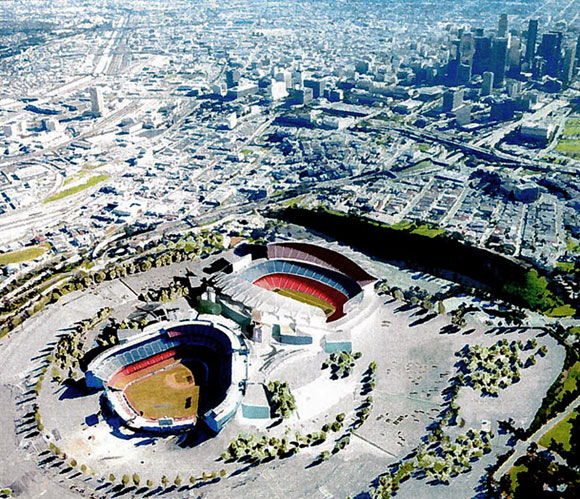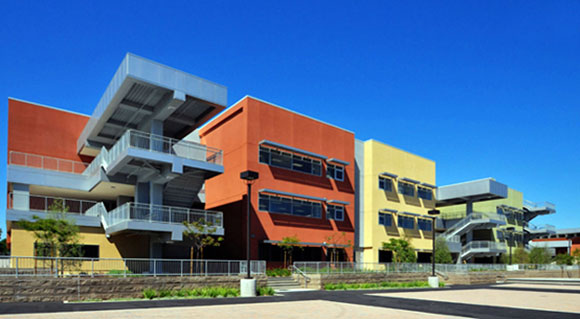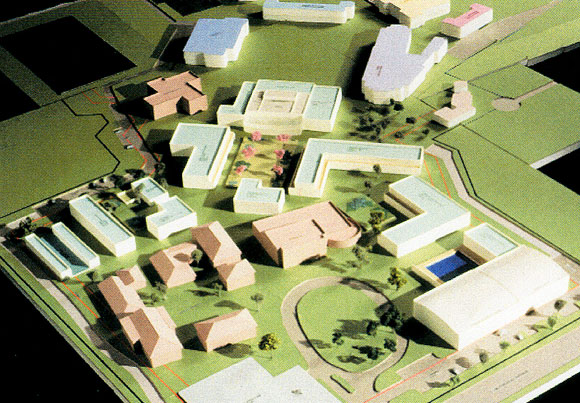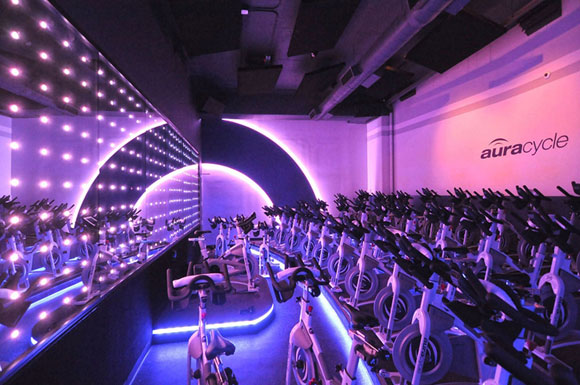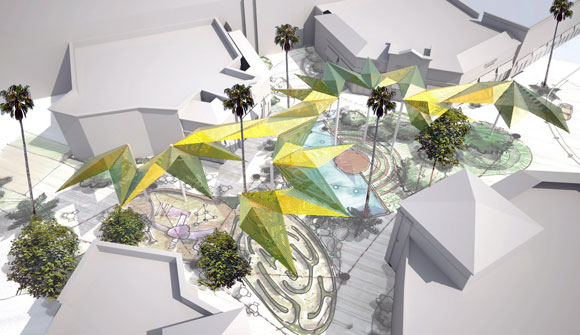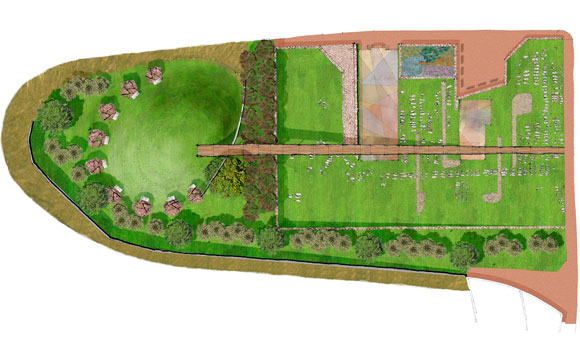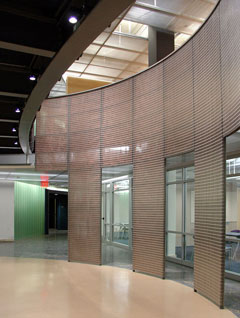#168: SINS OF OUR PAST: THE 1871 CHINESE MASSACRE
It is often said that history is cyclical; when humanity disregards the lessons of the past, we are doomed to repeat it. Racism against Asians has been on the rise. Individuals continue to be under threat. As a society, we have not learned from past failures, and we are bearing witness to history repeating itself. Round and round, the past returns to haunt us. This destructive circle must be broken. If not, history has taught us nothing, and the past, which has become the present, will continue into our future.
It was the year 1871. In downtown Los Angeles, a mob of 500 people—driven by hate, racism, and a mere misunderstanding—lynched 18 Chinese men without hesitation.
In 2022, the Los Angeles’ Department of Cultural Affairs organized an international design competition for the 1871 Chinese Massacre Memorial. Poon Design Inc. proposed two design concepts to honor the slain individuals. Located adjacent to the Chinese American Museum, the proposed memorial would sit a few blocks from the entrance gate to Los Angeles’ Chinatown.
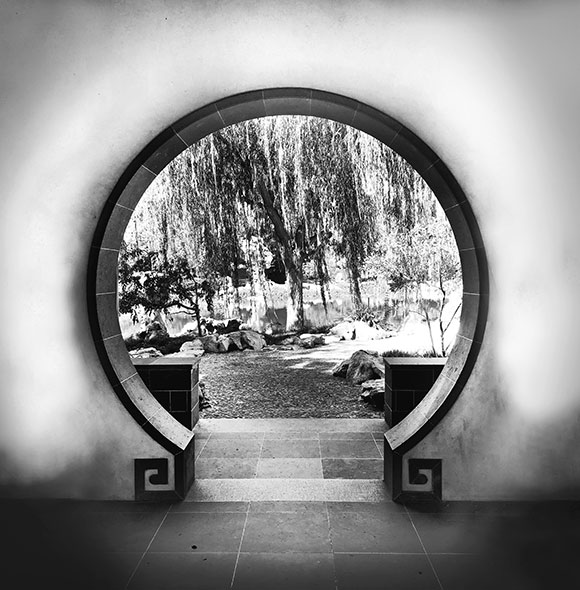
CONCEPT ONE: MOON GATE TO MEMORY
The traditional Chinese Moon Gate is a circular opening that is incomplete at the bottom, a passageway between two circumstances. In our design proposal, this gateway is transformed into a portal between the horrors of the past and the optimism of the future. As tradition suggests, the gate—inspired by the shape of the full moon—rises from the earth, symbolizing birth and renewal. Marking the passage of time, the lunar cycle can also signify memory and learning, sorrow and protest, perpetuation and tranquility.
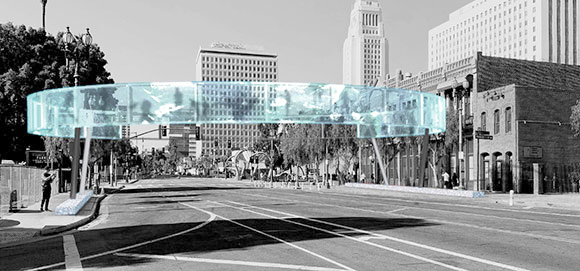
Akin to a halo hovering above North Los Angeles Street, our circular memorial comprises 24 steel and aluminum frames forming a horizontal Moon Gate, a portal between city and sky, mortal and immortal. The frame holds 18 translucent glass panels, each representing a different slain man. The incomplete circle displays six empty frames alluding to the additional unknown murdered individuals. As further historical research identifies these currently unknown individuals, new panels can be added to complete the circle.
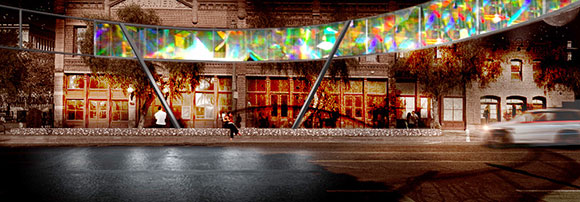
Perceived from within the neighborhood, day or night, standing beyond or within the memorial—integrated LED lighting and transparent holographic technology will present a visual display honoring the slain Chinese, as well as historically-themed art installations to be programmed in collaboration with the community.
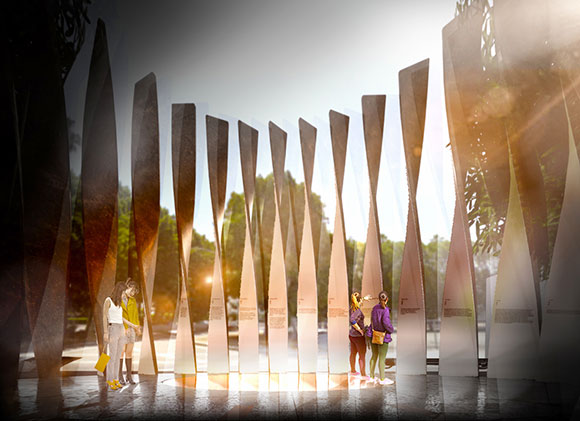
CONCEPT TWO: 18 TOWERING FIGURES
At 20 feet tall, 18 steel plates stand in an incomplete ellipse, recalling a Moon Gate. Each steel plate represents a slain man and towers over the visitor like sentinels demanding recognition and acknowledgement. Like looming apparitions, the steel plates twist and contort, evoking the torture these men suffered. Additionally, the traditional circular shape of the Moon Gate has been intentionally misshaped into an ellipse, symbolic of how each individual deformed their spirit and identity in an attempt to conform.
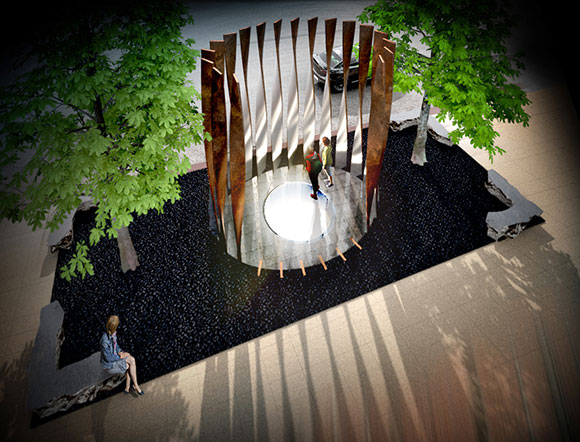
Expressing the duality of identities that these men needed to survive and assimilate; the steel plates are finished coarse on one side and polished on the other. Visitors confront this unsettling past within their own reflection. Six additional steel pieces are set flush in the stone pavers representing unknown lynched individuals. Within this perimeter of ominous steel sculpture, an ethereal glow of light emanates through translucent glass under the feet of the visitor representing the enduring will of these Chinese men, as well as a more hopeful future.
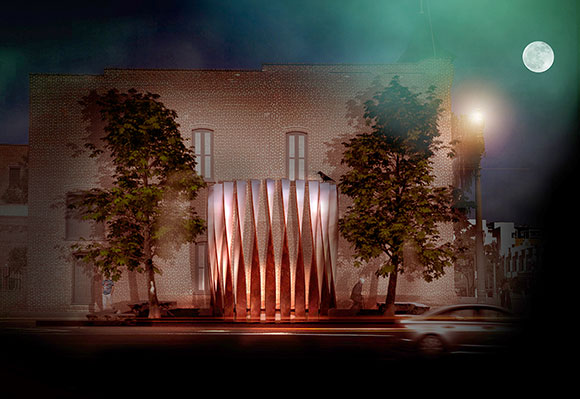
Our two design proposals are not merely objects or monuments, nor are they representational statues on a pedestal, but rather abstract and open-ended experiences. As enigmatic compositions of experiential art, sculpture, and architecture, the designs honor those that have been lost, never letting us ignore the sins of humanity and telling a story of consequence, recovery, and courage.

